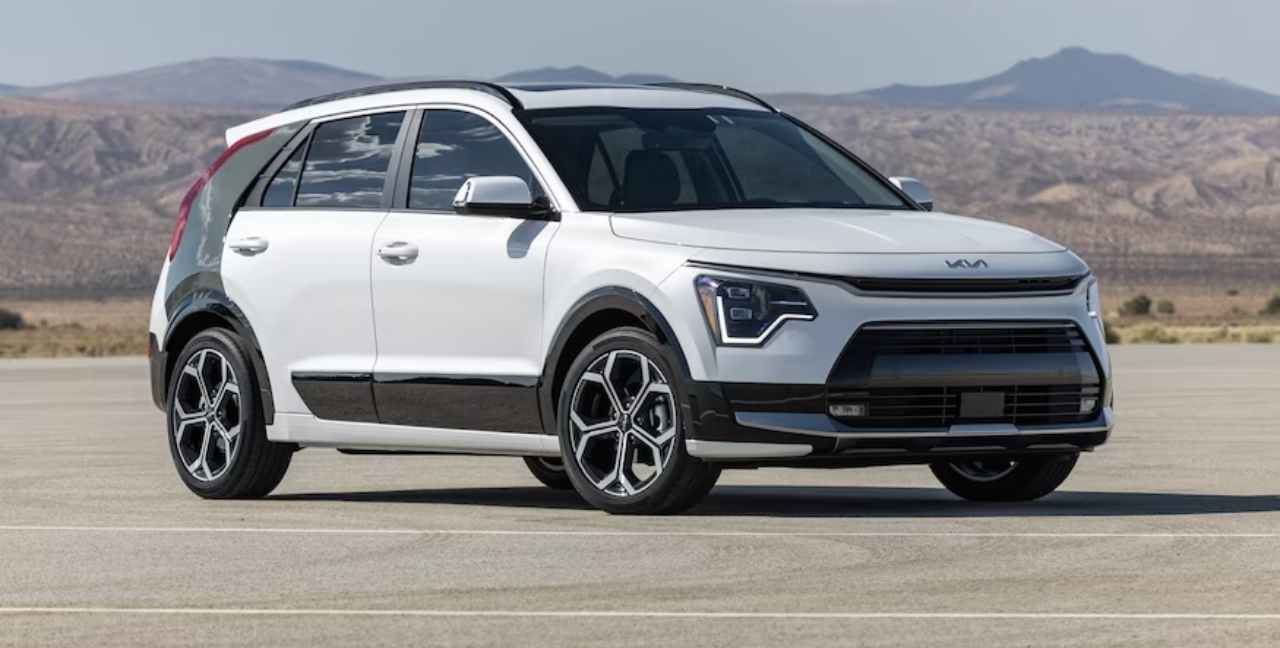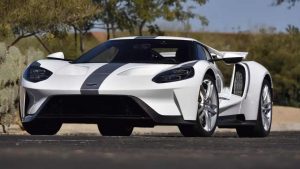2024 Toyota Prius Prime vs. 2023 Kia Niro PHEV: Electrified choices compared

Choosing the Ideal Plug-in Hybrid for Your Needs and Budget
While electric vehicles dominate headlines, another electrified option thrives: the plug-in hybrid electric vehicle (PHEV). Offering a blend of quiet electric driving and extended range, PHEVs cater to those with limited charging options. In this comparison, we pit the 2024 Toyota Prius Prime against the 2023 Kia Niro PHEV to help you find the perfect fit for your driving habits.
Powertrain Performance
For drivers without regular EV charging access, PHEVs like the Prius Prime and Niro PHEV come to the rescue. When their batteries are depleted, both operate as efficient hybrids. However, the Prius Prime, equipped with a 2.0-liter I-4 generating 150 hp, surpasses the Niro PHEV’s 1.6-liter I-4, producing just 104 hp. If relying on gasoline is common, the Prius Prime takes the lead.
Range and Efficiency
A fully charged battery offers power and fuel savings. The Prius Prime, with its 13.6-kWh battery, provides an impressive 600-mile total range on the SE trim. Even with larger wheels on the XSE trims, it maintains an admirable range. The Niro PHEV, equipped with an 11.1-kWh battery, offers a commendable 510-mile total range, even with the larger wheels on the SX trim. In all-electric mode, the Prius Prime covers up to 44 miles (SE) or 39 miles (XSE and XSE Premium) at speeds up to 84 mph. The Niro PHEV, however, limits you to 33 miles (EX) or 31 miles (SX) at slightly over 83 mph. In both gas and electric driving, the Prius Prime goes further.
Charging Times
Both PHEVs support Level 2 charging with a 240-volt 15-amp AC outlet. The Prius Prime’s 13.6-kWh battery takes four hours to fully charge. Opting for the XSE Premium trim offers a solar roof, providing extra charging on sunny days (up to 2.2 kWh). The Niro PHEV, lacking a solar roof, fully charges its smaller battery in just three hours. While the Niro charges faster, the Prius Prime’s solar roof provides free charging under sunny conditions.
Price Comparison
In terms of pricing, the 2024 Niro PHEV ranges from $35,615 (EX) to $41,365 (SX), while the 2024 Prius Prime starts at $33,445 (SE), going up to $40,875 (XSE Premium with optional solar roof). While the Prius Prime offers more for less, price isn’t the sole consideration.
Cargo and Passenger Space
The Niro PHEV has 19.4 cu-ft of cargo space with rear seats up and 54.6 cu-ft with seats down, surpassing the Prius Prime’s 20.3 cu-ft and 26.7 cu-ft, respectively. Tall passengers may prefer the Niro PHEV, boasting more headroom (40.5 inches front, 39.5 inches rear) compared to the Prius Prime (38 inches front, 36.4 inches rear).
Final Verdict
In conclusion, the 2024 Toyota Prius Prime emerges as the superior PHEV. With a lower starting price, greater mileage, and more power, it offers compelling value. However, if you need more cargo space or prioritize passenger comfort, the Niro PHEV might be the better choice. Ultimately, the Prius Prime combines efficiency and performance, making it the top pick in this comparison.





